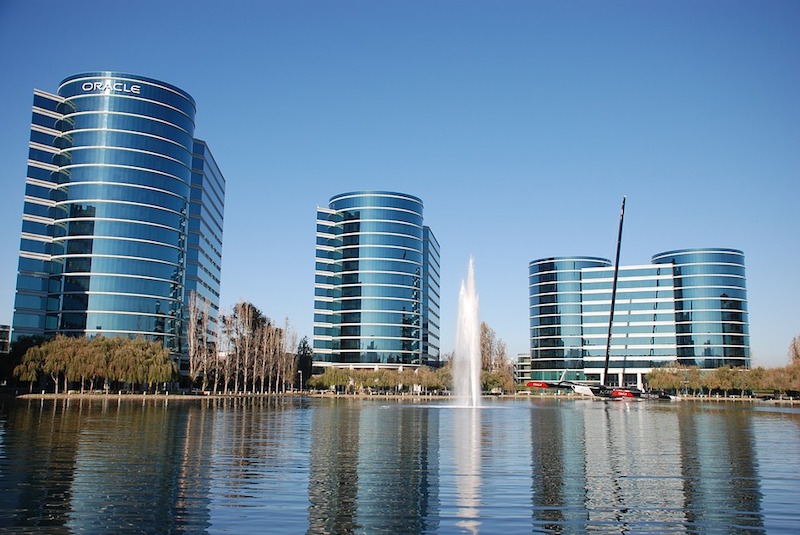‘For the people who were mentioning the fear from Silicon Valley. I am Silicon Valley. Get over the fear. Silicon Valley has already stepped into construction, and I am part of it.’
AEC technophile Rohit Arora—who joined the design-build startup Katerra in April as a Product Excellence engineer—put his thoughts on AEC tech innovation quite bluntly at BD+C’s Accelerate Live! conference this past May. But it needed to be said.
Talk after talk at the event referenced the AEC market’s ongoing angst about a tech-industry takeover of AEC, with traditional companies getting squeezed out by hotshot VC-backed startups and enterprising design and construction firms. Arora’s advice for the traditionalists: “Embrace technology. Do not fear. You can shape it.”
I don’t need to tell you about the profound impacts that technological advancements are having on architecture, engineering, and construction. However, I suggest that the pace of innovation and the rate of tech adoption by AEC firms have taken on a Moore’s law-like stride.
This past April, while attending an industry event targeted at GCs and subcontractors, I sat in on a two-hour breakout session focused solely on disruptive construction technologies (yes, 120 minutes!). The speaker, a well-known AEC technology expert, flipped through slide after slide—well more than 60 slides in all—each with a specific technology tool or application, and how construction firms are utilizing the innovation. Labor tracking, BIM/VDC optimization, multi-user VR coordination, indoor drones, rules-based clash detection, exoskeletons, smart tools, 360 cameras for creating detailed 3D models, and AI for everything from construction scheduling to language translation on the jobsite. The applications went on and on, and that talk was just for construction companies. The speaker could easily put together a two-hour talk on emerging tech for architects. And one for engineers. And one for building owners and facilities professionals.
And based on the amount of venture capital funding that is flooding into the commercial construction field, two hours may no longer be enough to cover emerging technologies. JLL, in a new report, found that VC firms invested a record $1.05 billion in construction technology startup companies during the first half of 2018. That is nearly 30% more VC funding than during the same period in 2017, and it adds to the more than $3 billion in funding since 2009, across 478 construction technology deals.
In my nearly two decades covering commercial construction, there has never been a more compelling time to report on this $500 billion industry. On one hand, it’s exhilarating to see the incredible opportunities that lie ahead for enterprising firms. On the other hand, I empathize with firms that are struggling to keep up.
Related Stories
| Oct 13, 2010
Community center under way in NYC seeks LEED Platinum
A curving, 550-foot-long glass arcade dubbed the “Wall of Light” is the standout architectural and sustainable feature of the Battery Park City Community Center, a 60,000-sf complex located in a two-tower residential Lower Manhattan complex. Hanrahan Meyers Architects designed the glass arcade to act as a passive energy system, bringing natural light into all interior spaces.
| Oct 13, 2010
Community college plans new campus building
Construction is moving along on Hudson County Community College’s North Hudson Campus Center in Union City, N.J. The seven-story, 92,000-sf building will be the first higher education facility in the city.
| Oct 13, 2010
County building aims for the sun, shade
The 187,032-sf East County Hall of Justice in Dublin, Calif., will be oriented to take advantage of daylighting, with exterior sunshades preventing unwanted heat gain and glare. The building is targeting LEED Silver. Strong horizontal massing helps both buildings better match their low-rise and residential neighbors.
| Oct 12, 2010
Holton Career and Resource Center, Durham, N.C.
27th Annual Reconstruction Awards—Special Recognition. Early in the current decade, violence within the community of Northeast Central Durham, N.C., escalated to the point where school safety officers at Holton Junior High School feared for their own safety. The school eventually closed and the property sat vacant for five years.
| Oct 12, 2010
Guardian Building, Detroit, Mich.
27th Annual Reconstruction Awards—Special Recognition. The relocation and consolidation of hundreds of employees from seven departments of Wayne County, Mich., into the historic Guardian Building in downtown Detroit is a refreshing tale of smart government planning and clever financial management that will benefit taxpayers in the economically distressed region for years to come.
| Oct 12, 2010
Owen Hall, Michigan State University, East Lansing, Mich.
27th Annual Reconstruction Awards—Silver Award. Officials at Michigan State University’s East Lansing Campus were concerned that Owen Hall, a mid-20th-century residence facility, was no longer attracting much interest from its target audience, graduate and international students.
| Oct 12, 2010
Gartner Auditorium, Cleveland Museum of Art
27th Annual Reconstruction Awards—Silver Award. Gartner Auditorium was originally designed by Marcel Breuer and completed, in 1971, as part of his Education Wing at the Cleveland Museum of Art. Despite that lofty provenance, the Gartner was never a perfect music venue.
| Oct 12, 2010
Cell and Genome Sciences Building, Farmington, Conn.
27th Annual Reconstruction Awards—Silver Award. Administrators at the University of Connecticut Health Center in Farmington didn’t think much of the 1970s building they planned to turn into the school’s Cell and Genome Sciences Building. It’s not that the former toxicology research facility was in such terrible shape, but the 117,800-sf structure had almost no windows and its interior was dark and chopped up.
| Oct 12, 2010
The Watch Factory, Waltham, Mass.
27th Annual Reconstruction Awards — Gold Award. When the Boston Watch Company opened its factory in 1854 on the banks of the Charles River in Waltham, Mass., the area was far enough away from the dust, dirt, and grime of Boston to safely assemble delicate watch parts.
| Oct 12, 2010
Full Steam Ahead for Sustainable Power Plant
An innovative restoration turns a historic but inoperable coal-burning steam plant into a modern, energy-efficient marvel at Duke University.

















